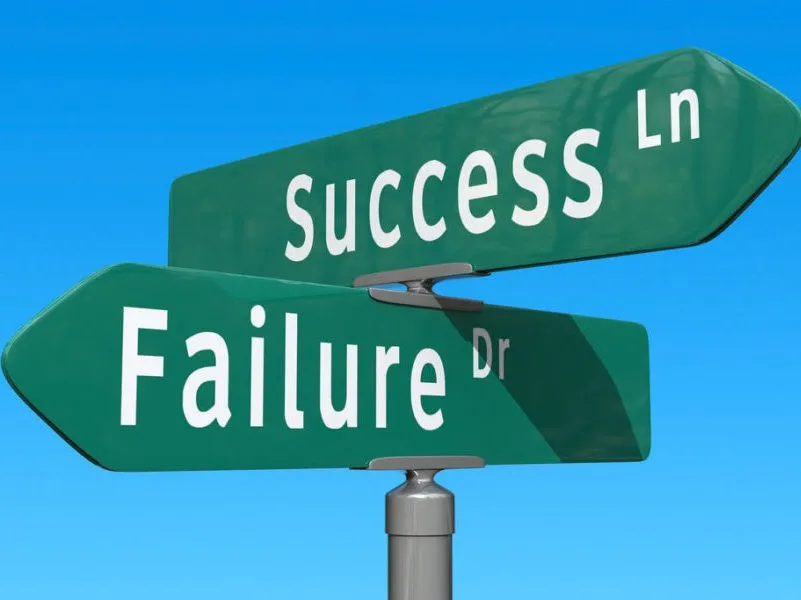Learning from failure

As part of a major national project on innovation, Scientell has examined the contribution that learning from error and failure can make to innovation and progress. This is part of our work with the Australian Council of Learned Academies (ACOLA) to synthesise a wealth of information into a book on securing Australia’s future. The following is a sad example of failure.
On 29 March 2005, 37-year-old Elaine Bromiley entered a British hospital to undergo routine surgery to clear her sinuses. The mother of two was otherwise healthy.
Problems occurred immediately the anaesthetic was supplied. With no warning, Elaine’s oxygen levels plunged. Her airway was blocked – a most unusual event that happens in fewer than one in 50,000 routine cases of people being given an anaesthetic. The anaesthetist and the surgeon immediately tried to insert a tube into her airway. Additional medical staff quickly arrived to assist, including two recovery nurses, an ear, nose and throat surgeon and another consultant anaesthetist. For 20 minutes, the team desperately attempted to clear her airway.
Sadly, the emergency procedure failed. Elaine was transferred unconscious to the adjacent intensive care unit and died 13 days later.
Elaine’s husband Martin Bromiley was a commercial airline pilot. He knew how his industry would have responded to a similarly catastrophic event. One of the medical team told Martin that ‘maybe when this is investigated something can be learned. But we won’t investigate, not unless you sue or complain.’
‘For me as an airline pilot, that is where everything changed, because to me it is perfectly normal to investigate when something does not happen so you can learn from it, and here we had a situation where somebody was healthy, was going to be made more healthy, and was actually dead. I could not understand why you would not want to learn from it.’
It took some doing, but Martin managed to initiate an independent review of the case.
‘Arguably, it technically was a dream team to deal with this sort of emergency, but what we know happened, if you will excuse the phraseology, was that the situational awareness, the shared mental model of the three consultants, was different. They lost awareness of time; they lost awareness, perhaps more importantly, of the seriousness of the situation; they became fixated – which is not unusual under stress – on intubation to the exclusion of any other options, such as some form of surgical access.
From my background in aviation, I could see very quickly that these were in fact failings in what you refer to as “non-technical skills”: situation awareness, leadership, teamwork, prioritisation, communication, and assertiveness. These same human factors of failings in non-technical skills are the direct cause of 75% of aviation accidents.’
An incision into Elaine’s throat – a tracheotomy – may have saved her life. That it didn’t happen, was not the failings of any individual, but rather the failings of a flawed system.
Today, the findings from the inquest form the basis of training in Australia and elsewhere of healthcare clinicians, particularly those involved in advanced airway management.
The death of Elaine Bromiley was a tragic failure, but it was a failure that people learned from, and one that has improved the way in which emergency operating theatre procedures are conducted.
Author:
Date Posted:
September 21, 2017
